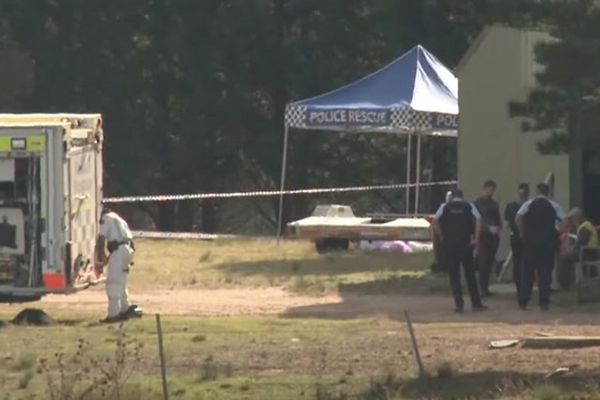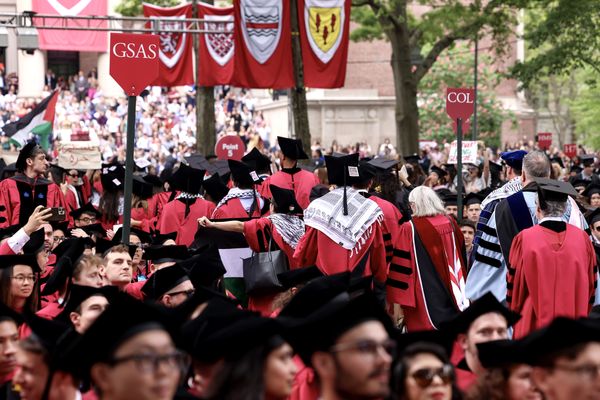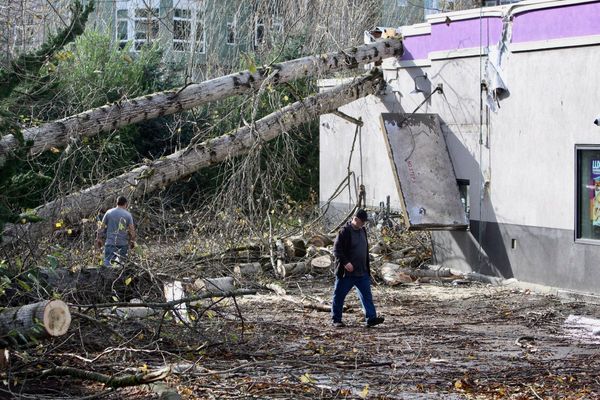
The evidence used to convict Lucy Letby was challenged on Tuesday by an international panel of experts, which concluded there was no proof the nurse had murdered or harmed any of the babies.
Letby, 35, is serving 15 whole-life prison terms after being convicted of murdering seven babies and attempting to kill another seven at the Countess of Chester hospital in north-west England in the year to June 2016.
The former neonatal nurse has failed in two attempts to challenge her convictions at the court of appeal in London. Her new legal team, however, has now submitted a fresh challenge to the Criminal Cases Review Commission (CCRC), the independent body that investigates potential miscarriages of justice.
What happened on Tuesday?
Letby’s legal team unveiled what it described as overwhelming evidence that the former nurse had been the victim of a miscarriage of justice.
Her lawyers said a panel of the world’s foremost neonatal and paediatric experts had found no evidence of murder or deliberate harm in any of the 17 babies Letby allegedly harmed.
Instead, they pointed to “very, very plausible” alternative explanations for their deterioration, which in many cases centred on poor care by clinicians.
The panel was chaired by Dr Shoo Lee, a retired neonatologist, whose 1989 research paper was used by prosecutors to convict Letby of murdering babies and trying to kill others by injecting them with air.
Who is Dr Shoo Lee?
Lee’s research on air embolisms was used by the prosecution to help convict Letby in her first trial from 2022 to 2023. He says his academic paper, published in 1989, was misinterpreted by the prosecution and its lead expert witness, Dr Dewi Evans, causing jurors to be misled.
Letby’s legal team says Lee’s research examined the effect of “pulmonary” embolisms – in which oxygen was pumped into the lungs of babies on ventilation – and should not therefore be used to support claims that babies had air injected into their veins.
Why is Lee getting involved now?
Lee, a professor emeritus at the University of Toronto, has already given evidence to the court of appeal on behalf of Letby’s defence.
He told judges that the “only sign” of air embolism in preterm newborn babies was of pink blood vessels “superimposed” on a pink or blue body – and that it could not be diagnosed by any other skin discoloration.
This was significant because Evans, the lead prosecution expert, and several witnesses had told Letby’s original trial that the babies had shown alternative signs of skin “mottling” – which Evans claimed was evidence she had injected them with air.
In newly published research, Lee has found no evidence of any skin discoloration in babies who have been accidentally injected with air into the veins.
Who else appeared at the press conference?
Letby’s legal team is led by Mark McDonald, a human rights barrister who took over last year from the former nurse’s trial counsel Benjamin Myers KC.
He was joined by the Conservative MP David Davis, who has led calls for Letby’s case to be reviewed as a “clear miscarriage of justice”.
One of the UK’s most eminent neonatologists, Prof Neena Modi, a former president of the Royal College of Paediatrics and Child Health, was also on the panel of 14 experts, alongside others from the US, Japan and Sweden.
What does it mean for Letby’s convictions?
Letby has exhausted her right to challenge her convictions at the court of appeal without significant new evidence that was not available during her first trial.
However, she has now submitted this summary of new findings to the CCRC, which is expected to receive the panel’s full report in the coming weeks.
The CCRC aims to complete most investigations within a year of receiving an application. If it decides there is a real possibility that judges could quash the convictions, it has the power to send the case back to the court of appeal – but these often take years to be heard again in court.







